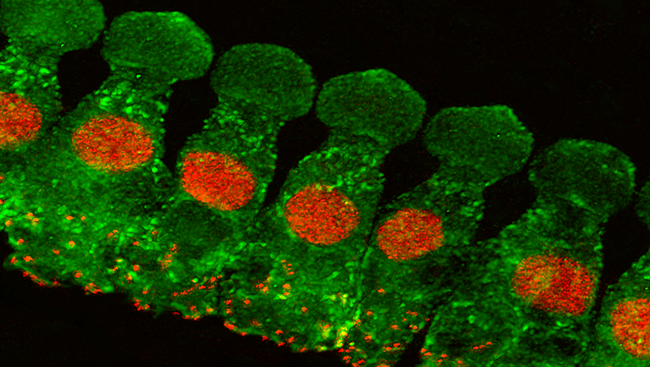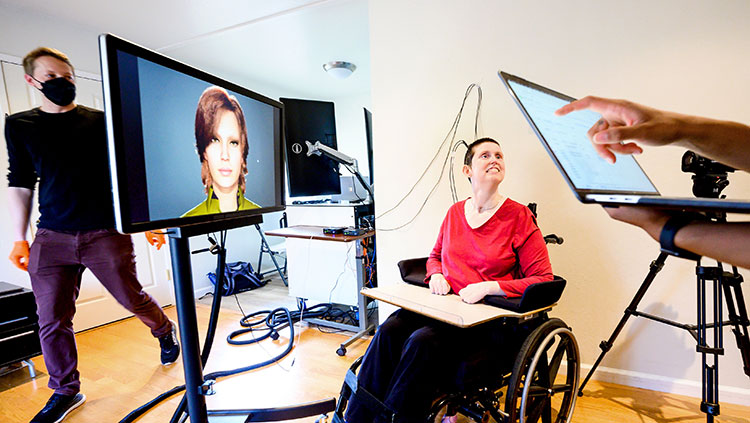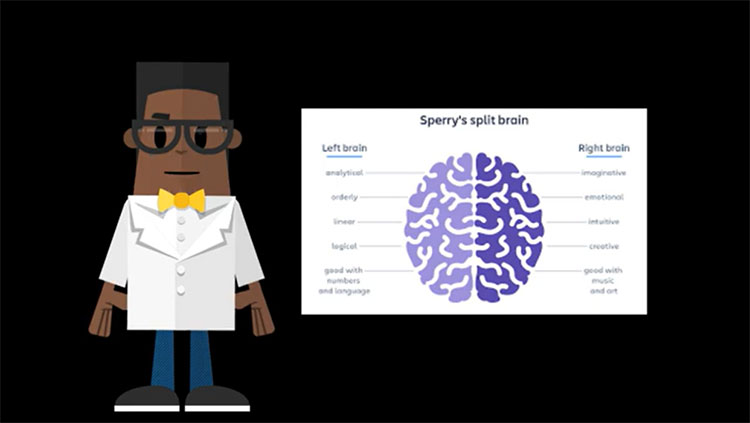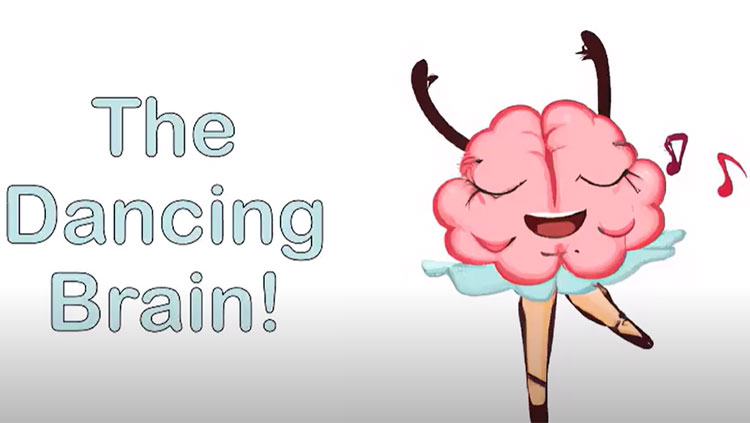Sense of Hair-ing
- Published25 Jan 2017
- Reviewed25 Jan 2017
- Author Michael W. Richardson
- Source BrainFacts/SfN

When you hear a sound — whether it’s a blaring car horn or a faint whisper — you perceive vibrations in the air produced by the sound’s source. Millions of cells lining the inner ear detect these vibrations. Called hair cells (pictured above in green), each cell has tiny hair-like projections that vibrate along with the sound waves, triggering a sequence of events inside the cell to generate an electrical signal. Hair cells quickly transmit these signals to brain cells using synaptic ribbons (pictured in red), structures specialized for rapid signaling — important when that car horn is a warning to watch out.
CONTENT PROVIDED BY
BrainFacts/SfN
Also In Anatomy
Trending
Popular articles on BrainFacts.org


















